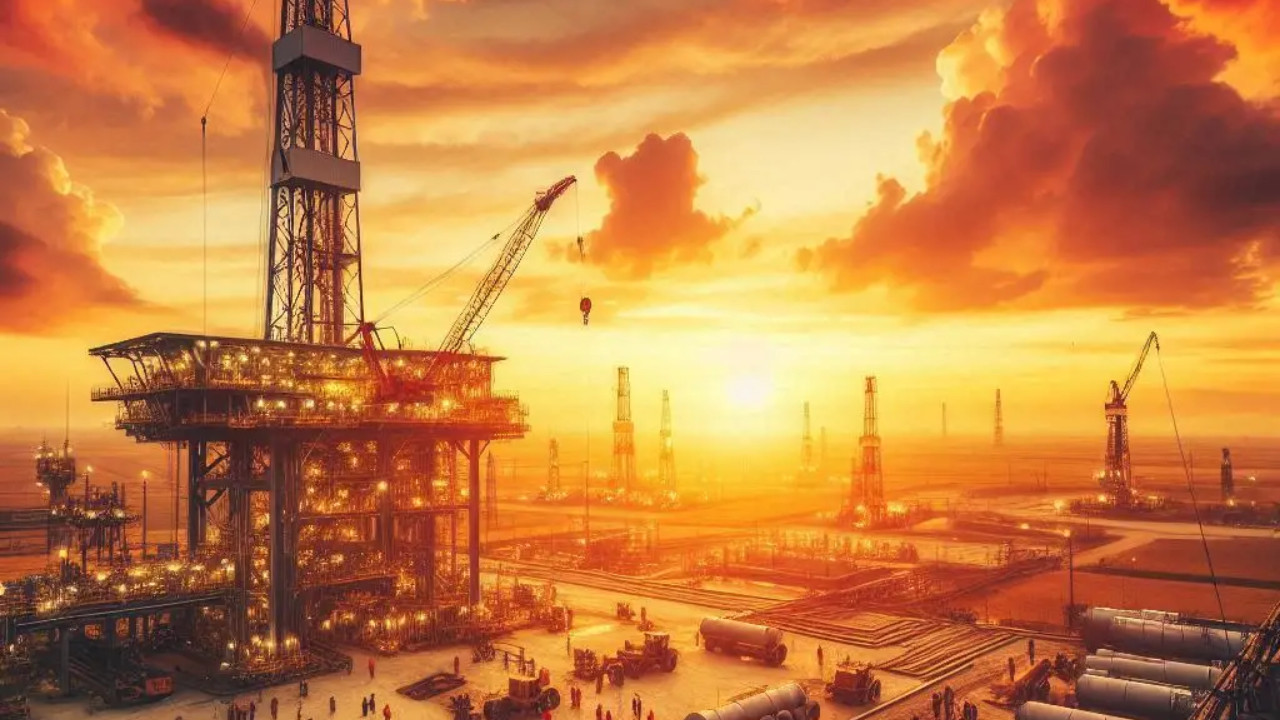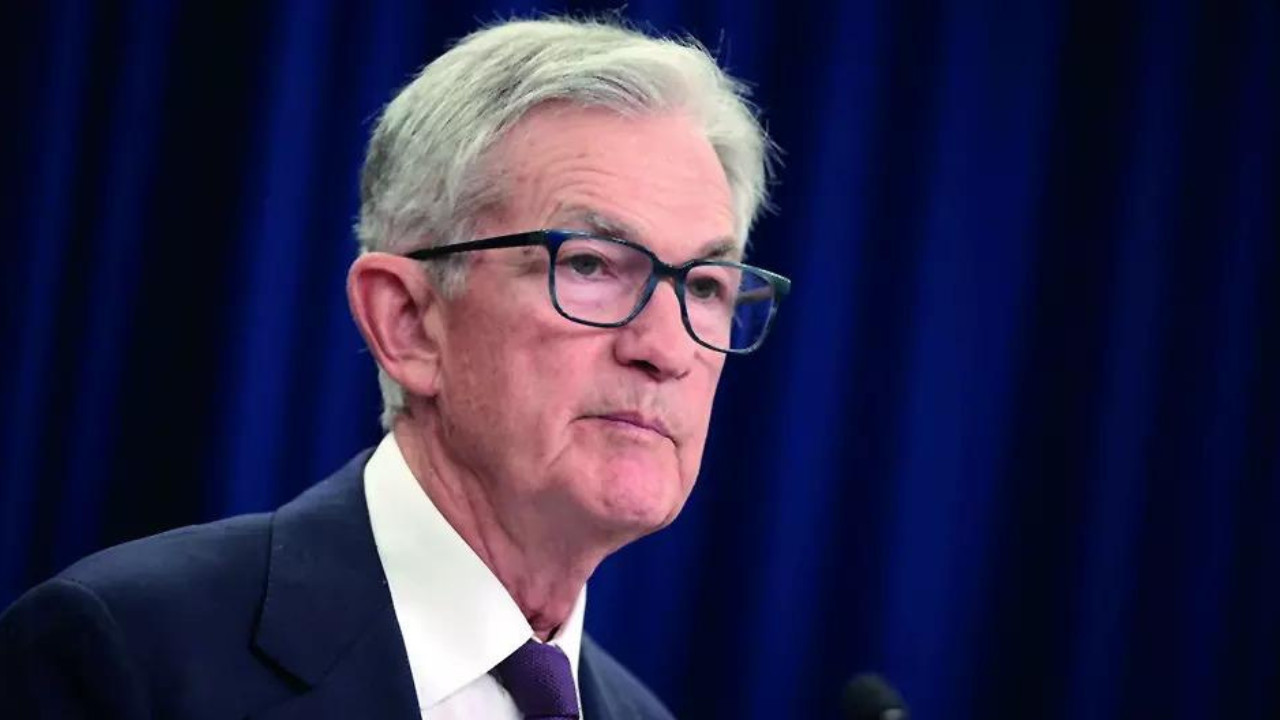India’s oil demand is set to surge by over 68% to 9.1 million barrels per day by 2050, driven by robust economic growth, making it the fastest-growing energy market globally. BP forecasts natural gas consumption will also more than double. Fossil fuels will persist alongside renewables, with coal’s share varying significantly based on climate action.
India’s Unquenchable Thirst: Why Oil Demand Keeps Climbing
India’s energy story is one of rapid growth and seemingly insatiable demand. While much of the world grapples with the energy transition and a push towards renewables, India’s oil consumption continues its upward trajectory, outpacing all other nations. In fact, BP’s latest Energy Outlook paints a clear picture: India is set to be the fastest-growing oil consumer globally, and this isn’t just a short-term blip.
What’s fueling this relentless demand? It’s a complex interplay of factors, deeply rooted in India’s economic development and demographic realities.
The Engine of Growth: A Booming Economy
At its core, India’s surging oil demand is directly linked to its robust economic growth. As the nation strives to become a global economic powerhouse, its infrastructure needs are expanding dramatically. Think of the sprawling highway networks crisscrossing the country, the ever-increasing fleet of commercial vehicles transporting goods, and the burgeoning aviation sector connecting cities and continents. All of this relies heavily on oil. The more the economy grows, the more energy it needs, and for now, oil remains a primary source.

Furthermore, consider the rise in disposable incomes. As more Indians enter the middle class, their consumption patterns shift. Owning a car, taking vacations that involve air travel, and purchasing goods transported across long distances all contribute to a higher energy footprint. This burgeoning consumerism, while a positive sign of economic progress, also adds to the pressure on India’s oil resources.
Population Power: The Demographic Dividend
India’s demographic dividend – its large and youthful population – is another significant driver of its rising oil demand. With a growing workforce and an expanding urban population, the need for transportation, housing, and infrastructure intensifies. Cities are becoming increasingly crowded, leading to a greater reliance on personal vehicles. The demand for public transportation, which itself is heavily reliant on fossil fuels in many regions, also rises proportionally. This demographic reality means that even with improvements in energy efficiency and a shift towards cleaner fuels, the sheer scale of India’s population will continue to push up overall energy consumption.
The Green Transition: A Gradual Shift
While India is committed to its renewable energy goals and has made significant strides in solar and wind power, the transition away from fossil fuels is a gradual process. The sheer size of India’s energy needs means that renewables cannot immediately replace oil, particularly in sectors like transportation and heavy industry. Establishing the necessary infrastructure for widespread adoption of electric vehicles, for example, will take time and significant investment. Similarly, transitioning industries like shipping and aviation away from oil-based fuels presents considerable technological and logistical challenges. So, while the long-term goal is a greener future, oil will remain a crucial part of India’s energy mix for the foreseeable future.
Energy Security: A Strategic Imperative
India’s focus on energy security also plays a role in its oil demand strategy. Ensuring a reliable and affordable supply of energy is crucial for economic stability and national security. While the nation is actively diversifying its energy sources and exploring alternative fuels, oil remains a readily available and relatively cost-effective option, particularly when compared to the initial investment required for large-scale renewable energy projects. This strategic imperative to secure its energy needs further contributes to the sustained demand for oil.
The Road Ahead: Navigating the Energy Landscape
India’s energy journey presents both opportunities and challenges. While its surging oil demand reflects its economic dynamism, it also underscores the need for sustainable energy policies and a faster transition towards cleaner fuels. Investing in renewable energy infrastructure, promoting energy efficiency, and encouraging the adoption of electric vehicles are crucial steps in mitigating the environmental impact of its energy consumption. Moreover, India can leverage its growing technological prowess to develop innovative solutions for energy storage and distribution, making renewable energy more accessible and reliable. This relates to related content, specifically India’s efforts in solar energy adoption.
India’s energy future will be defined by its ability to balance its economic aspirations with its environmental responsibilities. While oil will remain an important part of the equation for now, the long-term vision must be one of sustainable growth powered by clean and renewable energy sources.







